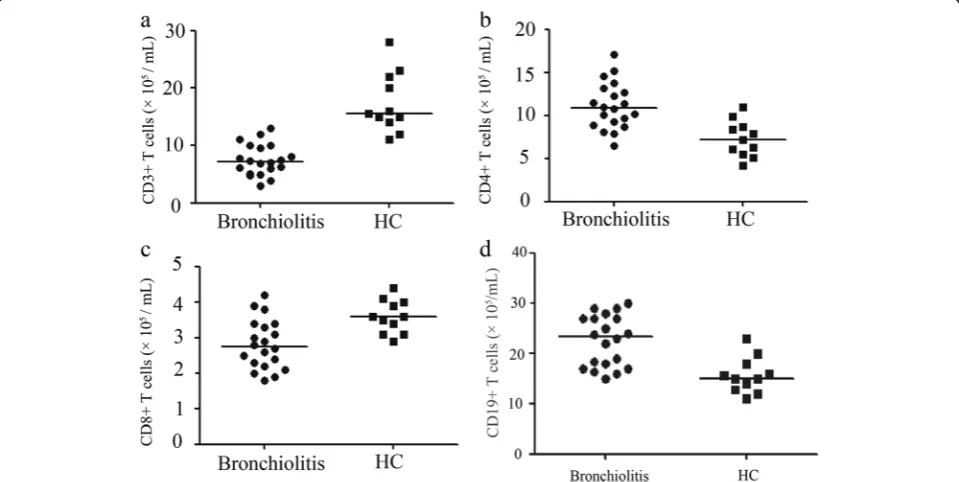Immunomodulatory constituents of human breast milk and immunity from bronchiolitis
Full text
Figure



Related documents
When the mitochondrial fractions of cells treated with PMI and FCCP were analyzed for ubiquitination ( Figure 6 A), an increased level was observed compared to control conditions
It is based on the estimates of 23 national attributes, which are then correlated and analyzed according to the six main criteria from which the national brand is
Time to event analysis demonstrated that a high proportion of patients already had evidence of lower GI events early after transplant- ation and that virtually all patients
The current research was conducted to evaluate the effects of sumithion, an organophosphorous pesticide, on some hematological parameters in common carp. Sumithion
The chapter introduces the study by unfolding its background, which is embedded in global, national, regional and local developments across three contrasting but
Abstract Early micromotion of implant components and peripros- thetic bone loss in patients under- going total knee arthroplasty are thought to contribute to late aseptic loosening..
All of the CBOs that responded to the survey said that the average amount of financial aid given is an important factor for recommending colleges to students; however, looking
Repeated measures ANOVA also showed a significant (p<0.05) improvement in body mass, body fat, blood glucose, RMR, and fat oxidation in the ESS group when compared to the E